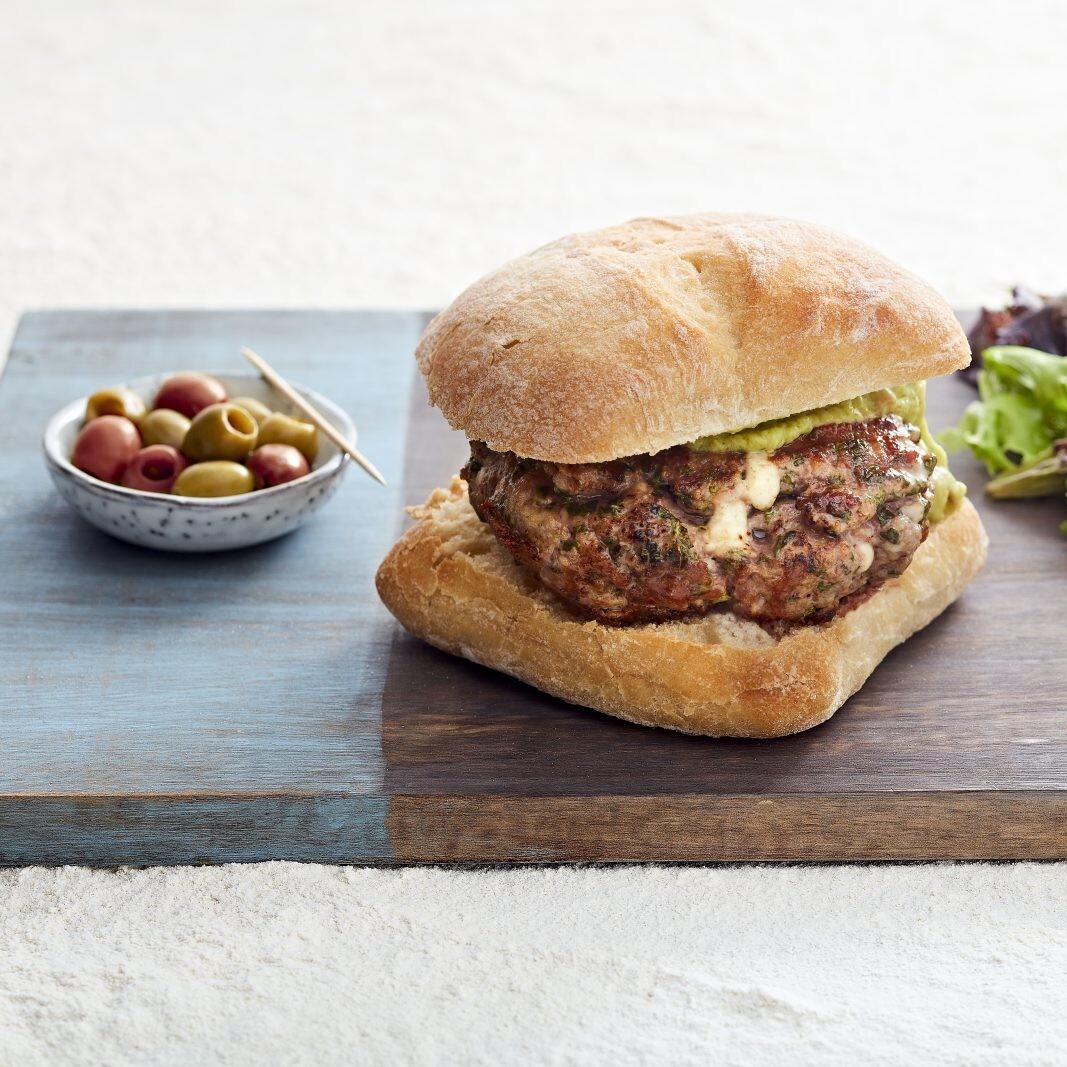- Ensure the heat is at room temperature before cooking as it helps to distribute heat more evenly and reduces the chance of burning
- Choose joints that are best suited to the dish in question. On the bone joints conduct heat and add flavour, while boneless joints will usually have a layer of fat over the surface, which will melt to add flavour and keep the joint succulent.
- If roasting a joint of beef or frying / grilling a steak, rest the meat before serving as it allows the muscle fibres to relax and the juices to distribute evenly so the meat is succulent and tender
- High fat marbling content usually indicates that fat is evenly distributed through the meat and adds more flavour
- Prepare your marinade in advance, especially with a tougher cut, as it really makes a difference. Marinating beef for several hours or more will tenderise it and give it more flavour.
- Flavourless and neutral oils like sunflower, vegetable and rapeseed oil work well when frying beef and it’s advisable to oil the meat prior to cooking
- Season before cooking – if adding salt, cook immediately as it can draw out moisture from the meat, making it tougher. However, many also prefer to season their steaks after cooking.
- Tender cuts of beef are better suited to quick cooking, e.g fillet steak, sirloin, rump, rib-eye etc.
- For slow cooking methods, use cuts like braising beef, shin, cheeks, oxtail and brisket.
- Use a meat thermometer if you want to accurately check that your meat is cooked to your liking.
Ingredients that help make your dishes out of this world
Welsh Beef can hold its own in a variety of dishes and cuisines. Why not get creative with herbs and spices, condiments and sauces, vegetables and legumes! Here are some tried and tested Welsh Beef culinary companions. There are many more, so it’s time to get creative!
Hang Fire Southern Kitchen
Samantha Evans and Shauna Guinn started Hang Fire Southern Kitchen as a Southern-Style BBQ street food stall in Cardiff, which then moved to a residence in Barry, with the restaurant relying solely on fresh, ethical produce that offered Louisiana soul food classics using a custom built Argentinian parrilla grill. Since closing the restaurant in 2021, the duo are now focused on sharing their knowledge with other foodies, as well as making regular TV appearances, offering private dining experiences and recipe writing, to name but a few of the things they get up to! They are no strangers to quality produce (check out their Welsh Lamb Tagine recipe) and here, it was our delicious Welsh Beef’s turn on the grill!
Watch Samantha and Shauna cook a picañha steak and some great sauces and condiments like chimichurri, chermoula and red harissa to go with it. Picañha comes from the really tender part of the rump and is the preferred meat for Brazilian ‘churrasco’ – grilled beef. The cut is becoming increasingly popular in butchers’ shops and supermarkets, so it can be enjoyed at home with Hang Fire’s very own Asian-style chimichurri!
[embed]https://www.youtube.com/watch?v=XxGaL2HkpZ8[/embed]



